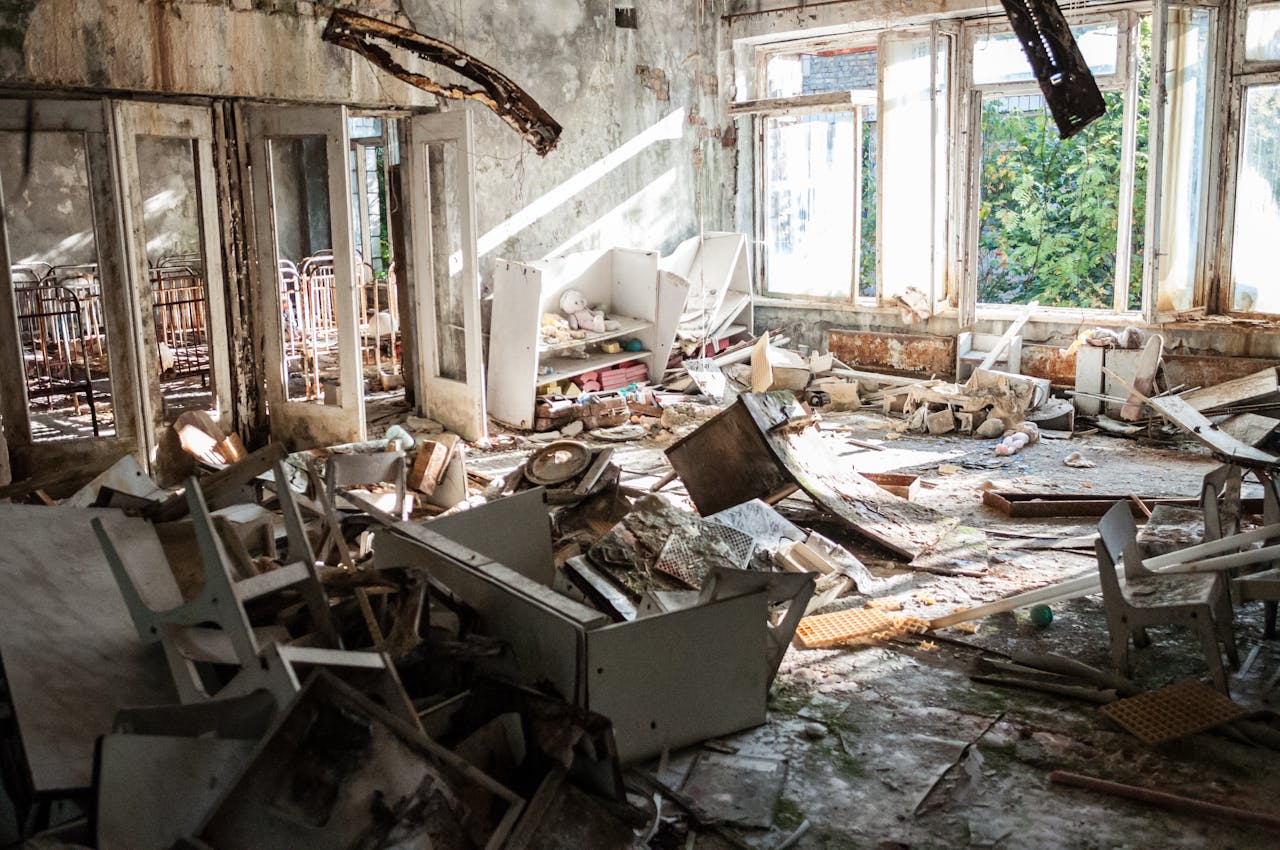Concrete is fundamental to building a better world




“Cement and concrete are vital for the modern world, and there is no time to lose in reaching net zero.”
These comments by UN Secretary-General António Guterres were part of his address to 200 industry leaders from across the globe at the 2023 GCCA CEO Gathering and Leaders Conference in Zurich focused on decarbonizing the future.
Mr. Guterres supported the industry’s efforts towards net zero, saying he wanted to see concrete pledges from the concrete industry.
He told the conference that concrete is “fundamental to building a better world… and we have no time to lose if we are to limit the global temperature rise to 1.5 degrees centigrade.”
“We applaud all the action our members are taking to implement carbon-cutting measures, and the latest data shows emissions are coming down. But many challenges remain, which we must overcome, if we are to achieve net zero, including enabling policies and regulations from governments across the world, which often don’t yet exist.”
“Science tells us that cutting global greenhouse emissions by almost half by 2030 means taking a quantum leap in climate action and slashing global emissions. Starting now,” he said.
“So today, I urge every manufacturer across the world, who has not yet done so to join our pledge to eliminate emissions by 2050, But I also implore all governments to work with our essential industry to deliver the policy framework that can create the favourable conditions to unlock the transition.”.
He called for three tasks for the industry: ending the use of coal-fired power in cement production, working more closely with governments, especially G20 countries, to speed up decarbonization, and setting ambitious emission targets and transition plans in line with UN guidelines.
See the Secretary-General’s message here.
Members and partners of the Pacific Northwest Building Resilience Coalition are well aware of the challenges associated with the goal of net zero emissions by 2050.
As noted in an article on the Coalition website, Dr. Randolph Kirchain, Co-Director of the Concrete Sustainability Hub at the Massachusetts Institute of Technology (MIT), outlined the enormity of the challenge and the equally daunting measures required to reach the goal of carbon neutrality by 2050.
He noted that more than 4 billion tons of cement are manufactured every year on a global scale. But concrete production is roughly seven times that, accounting for nearly 30 billion tons per year. Our per capita use of concrete has nearly doubled over the past 20 years.
Lowering the carbon footprint of concrete begins with reducing the footprint of cement production, noted Dr. Kirchain, then by leveraging every opportunity available in producing and using concrete and acting upon any net-negative applications needed to reach our goal.
Equally impressive gains in emissions reduction are possible in producing and using concrete, noted Dr. Kirchain. Combining changes to the materials used in concrete production and injecting captured CO2 into the concrete mixture will increase its strength, durability, and real-world performance.
Building Resilience Coalition members in Canada and the United States actively work to lower carbon emissions associated with the production and use of cement and concrete building products. (See below.
The Pacific Northwest Building Resilience Coalition represents thousands of private companies committed to improving planning, development, and the construction of homes, buildings, communities, and associated infrastructure capable of surviving, recovering from, and adapting to the growing impacts of natural disasters, climate change, and an ever-evolving urban and physical environment.
As governments rebuild infrastructure and economies after the economic downturn caused by COVID, we must ensure that recovery plans shape our current and future economies in safe, clean, sustainable, and resilient ways. “Buy Clean” legislation will require all manufacturing to adapt to stricter greenhouse gas (GHG) emission regulations and embodied carbon thresholds. The environmental impact of building materials during their “full life-cycle” will play an essential role in attaining our GHG goals in the future.
Cement, concrete, and masonry products provide resilience to natural disasters and climate change while reducing CO2 emissions and attaining greenhouse gas reduction targets.
Recent Posts
Mobilizing Resilient Design and Construction
Implementing a multifaceted strategy can motivate state and local governments to prioritize resilient design and…
Insurance Pricing: Navigating a New Era of Risk
The growing frequency and severity of climate-related disasters present a significant challenge for the insurance…
Designing for Resilience … It’s A Must
We see far too often structures built to current code that lack planning and design…
What are the Real Benefits of Designing for Resilience
While designing for resilience requires initial investments, the long-term payoffs often far outweigh these costs.…
Reducing Disaster Risks and Protecting Insurability in the Pacific Northwest
Proactive measures to enhance resilience and preparedness are critical to mitigating insurability risks. This will…
How to Achieve More Resilient Building Codes
More comprehensive disaster prevention perspectives are needed to enable communities better to withstand the increased…



